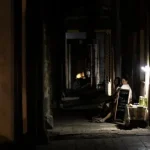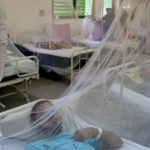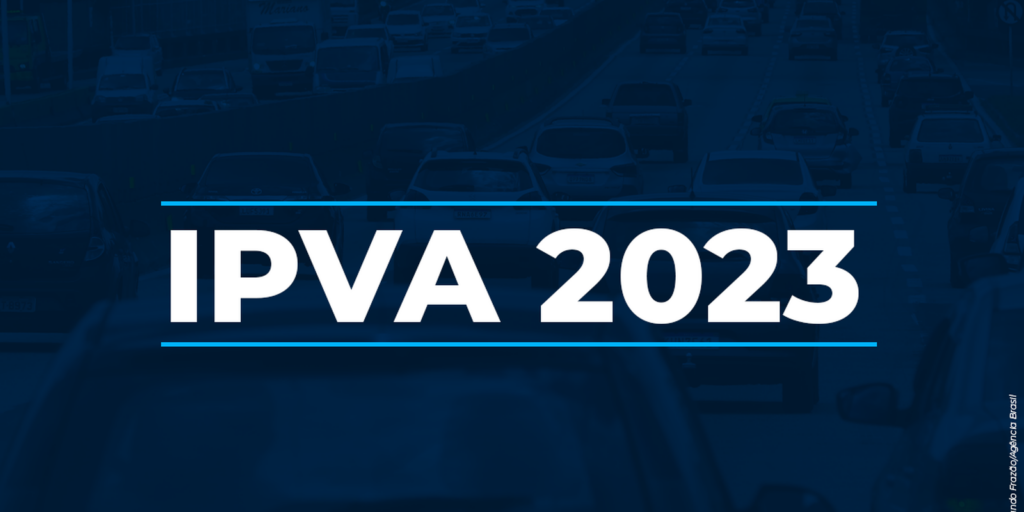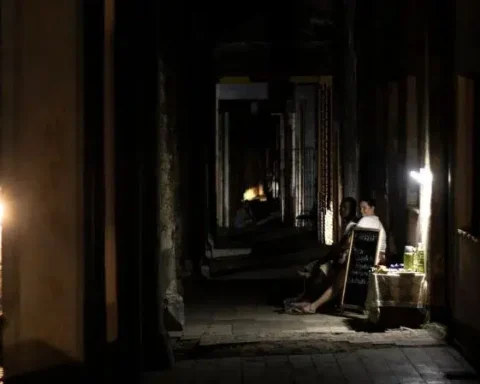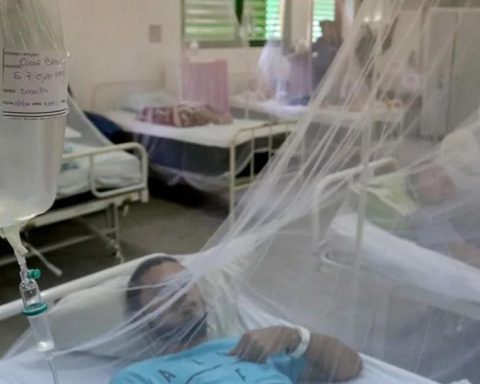Facing the coming months in which the electoral campaign will increase its voltage, the Government will have the possibility of inaugurating public works, delivering thousands of homes and will be able to exhibit their impact on employment and the economy, a way of exemplifying the country project that is proposed to the citizens for the next four years.
In recent months, on many occasions, the Head of State has insisted on pointing out that The vision embodied by the Frente de Todos on how to solve the Nation’s problems is different from that offered by the opposition: “We are not all the same”he usually says to differentiate himself from the administration that preceded him and from the opposition candidates who seek to succeed him.
Alberto Fernández talks about the non-delegable tasks of the State, from the “federal” performance of “service” public works to housing, health, education and transportation policies, and repeats that they cannot remain “in the hands of the market.”
In this sense, after the sustained growth of investment in the matter, The “ribbon cutting” could assure the Government one act after another to show what has been built “despite the pandemic and the war”, a true platform with high exposure in the face of the elections.

He was the Minister of Public Works, Gabriel Katopodiswho this week was exhaustive in relating what was built with the elections that will open in a few months: “It is the clearest way for us to tell what country project we build every day, from Peronism, from the Frente de Todos. In our country project there are aqueducts, routes, there are hospitals“.
The works in progress
In the last seven days, his ministry formalized the conclusion of the 2800 initiative in terms of infrastructure, while it has a similar number in execution (with varying degrees of progress) and estimates that at least 1,000 of the latter will complete their work before December 10.
Among the large works, from the offices run by the former mayor of San Martin particularly note the progress made on the Presidente Perón highway, the second aqueduct for the interior of the chacothe Pilar-Pergamino highway, National Route 158 between San Francisco and Río Cuarto (Cordova), and the readaptation of the second tunnel of the Cristo Redentor System (Mendoza).
The ministry led by Katopodis has seen its budget increase from 126 billion in 2019 to 923 billion, 633% more, and investment in the provinces of the Norte Grande went from 16 billion to 148 billion in the same period, a 796% more.
The Nestor Kirchner pipeline
Nevertheless, The most important work from the symbolic point of view and from its future impact on the economy is the Néstor Kirchner Gas Pipeline, which will make it possible to replace gas imports and, in the future, to export surpluses.

These days, work is being done in the middle of Patagonia to join, through more than 560 kilometers of 36-inch pipes, the Vaca Muerta and Salliqueló deposits in the province of Buenos Aires.
The current schedule points to June 20 as a key date for the initiative, when the pipeline will be “fit for duty,” with the possibility of being operational.
transportation
A separate chapter deserves the list of initiatives that are preparing to inaugurate the Ministry of Transport during this 2023, both in terms of railways and aeronautics.
For example, him Ezeiza Airport It will open, from now until March, a taxiway at the head, its beaconing and a new departure terminal.
In addition, they will adapt control towers of the airport of Morón and Mar del Plata; the new terminal of the San Juan airport will be inaugurated and the first stage of the new terminal of the Santa Rosa airport.
In the matter, likewise, between February and April Two Boeing B737-800 freighters will join the Aerolíneas Argentinas fleet.

Regarding the railways, towards the end of the year the work of modernization, renovation and expansion of the Retiro station beach of the Miter Line and its integration with the San Martín.
For the same period, the elevated railway viaduct on the Belgrano Sur tracks, making it reach Constitución; a vehicular bridge in Ezeiza will be opened to traffic, as well as seven underpasses in different parts of the Buenos Aires suburbs, to finally improve several stations in different branches.
Alberto Fernández will deliver the house 100 thousand
In terms of housing, the month of March has reserved a space of relevance in the calendar: Alberto Fernández will be able to deliver 100,000 housing from his Government and aspires to reach December 10 with 264,000 housing solutions delivered, including more than 70,000 construction loans.
The minister of the area, santiago maggiottiin a recent interview, said that about 2.5 million Argentines have difficulties in this matter and that the State would have to build 100,000 homes per year for several years to reverse the problem.
“In the macrismo, in the four years, they delivered 15 thousand. They invented UVA (Purchasing Value Unit) credits, which ended in disaster. That happens when you believe that everything is resolved in and by the market“, is heard in the corridors of Casa Rosada.
The role of the Court ruling for co-participation
On the other hand, the precautionary measure of the Supreme Court in favor of the City was also read by the Government as a measure that limits the capacity of the National State to bet on federal development and reduce centralism.
After a recent meeting to work on the problems of the Bajos Submeridionales del Chaco, Santa Fe and Santiago del Estero, Fernández commented that the resources needed for the place are the same that the City could take thanks to the decision of the highest court.
The President usually refers to the construction of the country that was organized around the port of Buenos Aires as a model that generated a center and two peripheries and that must be retraced.
“I am not at peace with my conscience to see the opulence of the City (of Buenos Aires) and see so many deficiencies in the Interior of my Homeland”he said this week.
The Court, with its ruling, made the controversy generated by the funds that Mauricio Macri increased to the CABA in 2016 and its impact on the distribution between the different provinces acquire a centrality as few times since the recovery of democracy.
in the pink house They hope that the court’s decision will become the opportunity to move towards a more federal distribution of the efforts and resources of the Argentine people.









